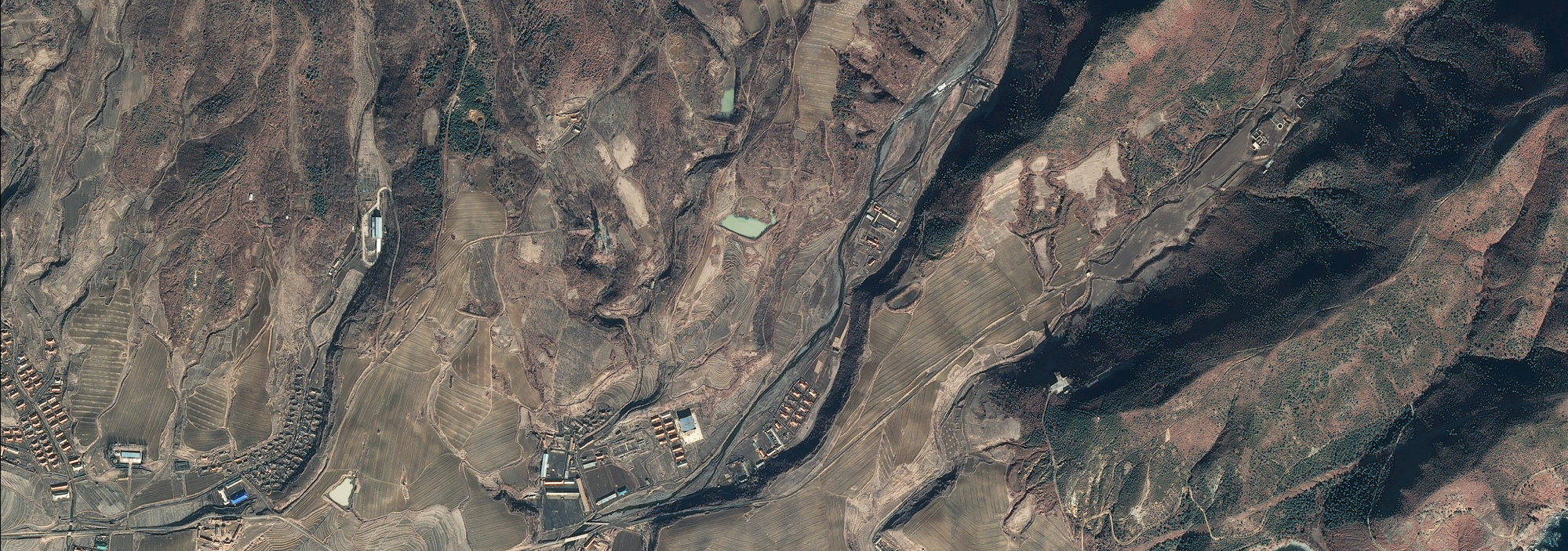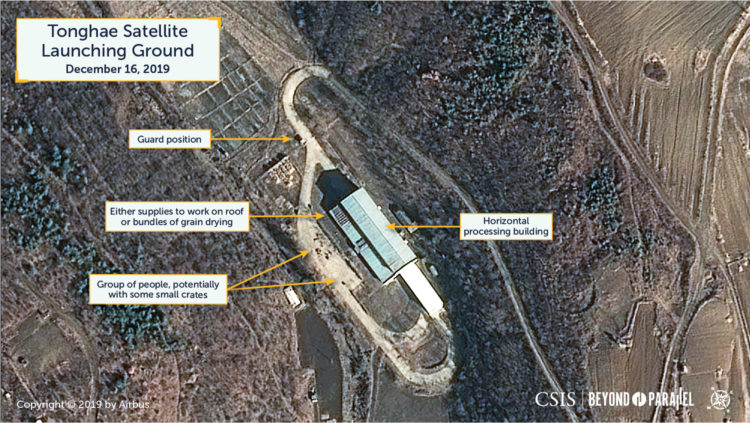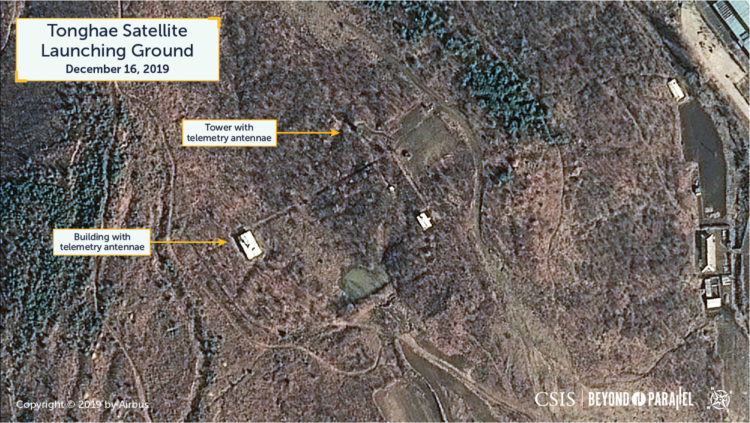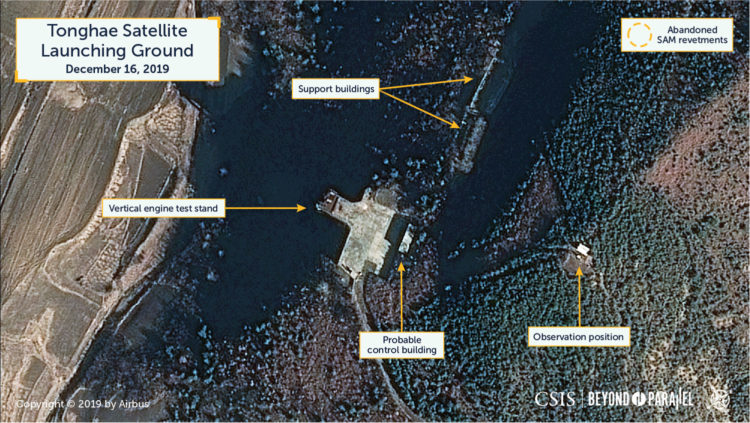
December 2019 Update: Tonghae Satellite Launching Ground
Key Findings
- The Tonghae Satellite Launching Ground is North Korea’s oldest ballistic missile and space launch facility and was used most notably for the 1998 launch of the Unha-1 and Unha-2 SLV launches.
- The facility appears to be in caretaker status with one notable exception – the presence of what appears to be a small group of people or a small collection of people and crates at the original horizontal processing building.
- Despite speculation, a space launch from the existing launch pad is highly unlikely due to the requirement for significant refurbishment.
- If North Korea were to conduct a ballistic missile test from the grounds of the Tonghae facility, it would undoubtedly be for political reasons and employ a mobile launcher and not the existing launch facilities.

While speculation (sometimes wild) continues to grow concerning a North Korean end-of-year “surprise,” Beyond Parallel is continuing its recent series of surveys of the North’s weapons of mass destruction (WMD) facilities to determine if there are any new developments. It is our desire to provide objective and factual information to enable decision-makers, policymakers and the general public to better understand the important aspects of the threat posed by North Korea and provide assistance to all in arriving at calm and informed decisions. Our recent surveys include the Sinpo South Shipyard, Sohae Satellite Launching Station, Nampo Submersible Test Stand Barge and Magunpo Solid Rocket Motor Test Stand.
The Tonghae Satellite Launching Ground is North Korea’s oldest ballistic missile and space launch facility dating back to at least 1984 when it was first identified as such in satellite imagery. Over the years it continued to develop and was used most notably for the 1998 launch of the Paektusan (later renamed the Unha-1) satellite launch vehicle (SLV) launch and the subsequent 2009 Unha-2 SLV launch. Since that time no additional launches have been undertaken from the Tonghae facility and it fell into caretaker status. A 2011 modernization program was suspended during 2013-2014 and the facility has remained in caretaker status since then.
Commercial satellite imagery acquired on December 16, 2019 continues to show, with one very minor exception, a modestly maintained facility in caretaker status. The exception is the presence of what appears to be a small group of people, or a small collection of people and crates, at the original horizontal processing building.1 Despite speculation from some sources, this level and type of activity does not suggest that the facility is being prepared for an imminent launch of neither a SLV nor ballistic missile from the existing launch pad, which would require significant refurbishment before being used to launch an SLV. Aside from this practical refurbishment requirement it is important to understand that all North Korean land-based ballistic missile tests during the past several years have been conducted from mobile platforms from different points within the country and did not require a facility such as Tonghae.


If North Korea were to conduct a ballistic missile test from physically within the grounds of the Tonghae facility in the near future—and it is certainly is capable of doing so—it would undoubtedly be for political reasons and employ a mobile launcher and not the existing launch facilities.2





